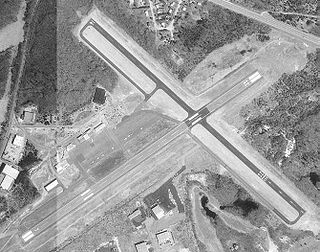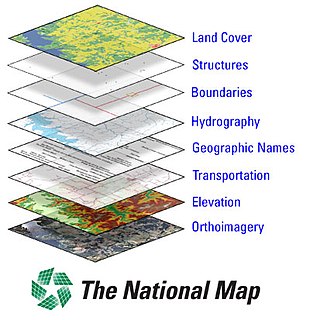Wichita Falls Regional Airport Sheppard Air Force Base | |||||||||||||||||||||||
|---|---|---|---|---|---|---|---|---|---|---|---|---|---|---|---|---|---|---|---|---|---|---|---|
 USGS 1996 orthophoto | |||||||||||||||||||||||
| Summary | |||||||||||||||||||||||
| Airport type | Public / Military | ||||||||||||||||||||||
| Owner | U.S. Air Force | ||||||||||||||||||||||
| Operator | City of Wichita Falls | ||||||||||||||||||||||
| Location | Wichita Falls, Texas | ||||||||||||||||||||||
| Elevation AMSL | 1,019 ft / 311 m | ||||||||||||||||||||||
| Coordinates | 33°59′20″N098°29′31″W / 33.98889°N 98.49194°W Coordinates: 33°59′20″N098°29′31″W / 33.98889°N 98.49194°W | ||||||||||||||||||||||
| Website | FlyWichitaFalls.net | ||||||||||||||||||||||
| Map | |||||||||||||||||||||||
| Runways | |||||||||||||||||||||||
| |||||||||||||||||||||||
| Statistics (2017) | |||||||||||||||||||||||
| |||||||||||||||||||||||
Source: Federal Aviation Administration [1] | |||||||||||||||||||||||
Wichita Falls Regional Airport( IATA : SPS [2] , ICAO : KSPS, FAA LID : SPS) is a public and military use airport six miles north of Wichita Falls in Wichita County, Texas. [1] Its runways and taxiways are shared with Sheppard Air Force Base; most operations are military, but American Eagle flies to Dallas-Fort Worth International Airport.
An IATA airport code, also known as an IATA location identifier, IATA station code or simply a location identifier, is a three-letter code designating many airports around the world, defined by the International Air Transport Association (IATA). The characters prominently displayed on baggage tags attached at airport check-in desks are an example of a way these codes are used.

The ICAOairport code or location indicator is a four-letter code designating aerodromes around the world. These codes, as defined by the International Civil Aviation Organization and published in ICAO Document 7910: Location Indicators, are used by air traffic control and airline operations such as flight planning.

The Federal Aviation Administration (FAA) is a governmental body of the United States with powers to regulate all aspects of civil aviation in that nation as well as over its surrounding international waters. Its powers include the construction and operation of airports, air traffic management, the certification of personnel and aircraft, and the protection of U.S. assets during the launch or re-entry of commercial space vehicles. Powers over neighboring international waters were delegated to the FAA by authority of the International Civil Aviation Organization.
Contents
The National Plan of Integrated Airport Systems for 2011–2015 categorized it as a primary commercial service airport. [3] Federal Aviation Administration records say the airport had 47,191 passenger boardings (enplanements) in calendar year 2008, [4] 43,952 in 2009 and 44,296 in 2010. [5]
The National Plan of Integrated Airport Systems (NPIAS) is an inventory of U.S. aviation infrastructure assets. NPIAS was developed and now maintained by the Federal Aviation Administration (FAA).
The United States Federal Aviation Administration (FAA) has a system for categorizing public-use airports that is primarily based on the level of commercial passenger traffic through each facility. It is used to determine if an airport is eligible for funding through the federal government's Airport Improvement Program (AIP). Fewer than 20% of airports in the U.S. qualify for the program, though most that don't qualify are private-use-only airports.
Generally speaking, a calendar year begins on the New Year's Day of the given calendar system and ends on the day before the following New Year's Day, and thus consists of a whole number of days. A year can also be measured by starting on any other named day of the calendar, and ending on the day before this named day in the following year. This may be termed a "year's time", but not a "calendar year". To reconcile the calendar year with the astronomical cycle certain years contain extra days.






















